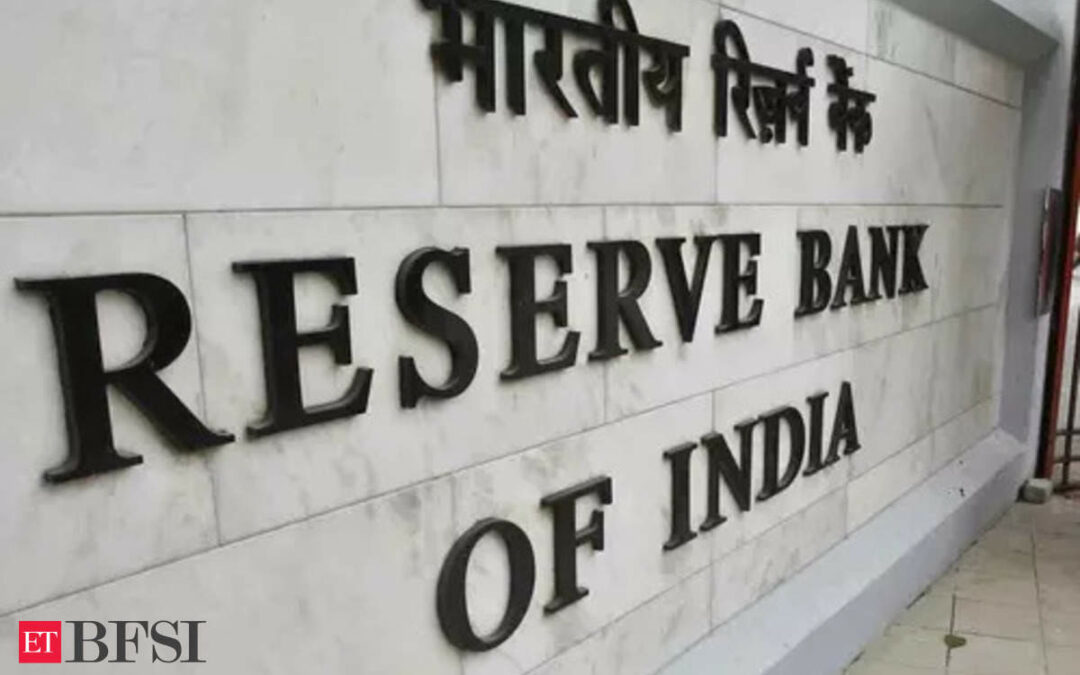Mumbai, The goal of aligning inflation with the target of 4 per cent remains a work in progress as long as food price pressures persist, the RBI’s latest Bulletin said on Wednesday. An article on the “State of the Economy”, published in the June 2024 Bulletin, also said the retail inflation is gradually easing, but volatile and elevated food prices are interrupting the path of disinflation.
The article, authored by a team lead by the Reserve Bank of India (RBI) Deputy Governor Michael Debabrata Patra, noted that global growth was resilient in the first quarter of 2024, and many central banks have pivoted towards a less restrictive monetary policy stance in response to the fall in inflation in their economies.
In India, high-frequency indicators suggest the real GDP growth in Q1 FY25 is broadly maintaining the pace it achieved in the preceding quarter.
Also, the prospects for agriculture are brightening with the early landfall of the southwest monsoon, said the article.
“Headline inflation is gradually easing, driven by sustained softening of its core component, although the path of disinflation is interrupted by volatile and elevated food prices,” the authors said.
The RBI has been mandated by the government to ensure retail or headline inflation remains at 4 per cent with a margin of 2 per cent on either side.
The fact that the ongoing disinflation is being driven by the softening of the core component of consumer price index (CPI) inflation to a new low validates the stance of monetary policy, the authors said.
“As long as food price pressures persist… the goal of aligning inflation with its (RBI’s) target remains a work in progress,” they added.
Earlier this month, the RBI’s monetary policy committee (MPC) voted to keep the policy repo rate unchanged at 6.50 per cent and reiterated its stance of remaining focused on the withdrawal of accommodation to ensure that inflation progressively aligns with the target while supporting growth.
The central bank has projected the inflation to ease from 5.4 per cent in 2023-24 to 4.5 per cent in 2024-25, with evenly balanced risks from the rising incidence of adverse climate events, pressures from input costs and volatility in crude prices, among others.
The RBI said the views expressed in the Bulletin article are of the authors and do not represent the views of the central bank.










